The History of Fighting EX Layer
How a Street Fighter spin-off survived with its own identity
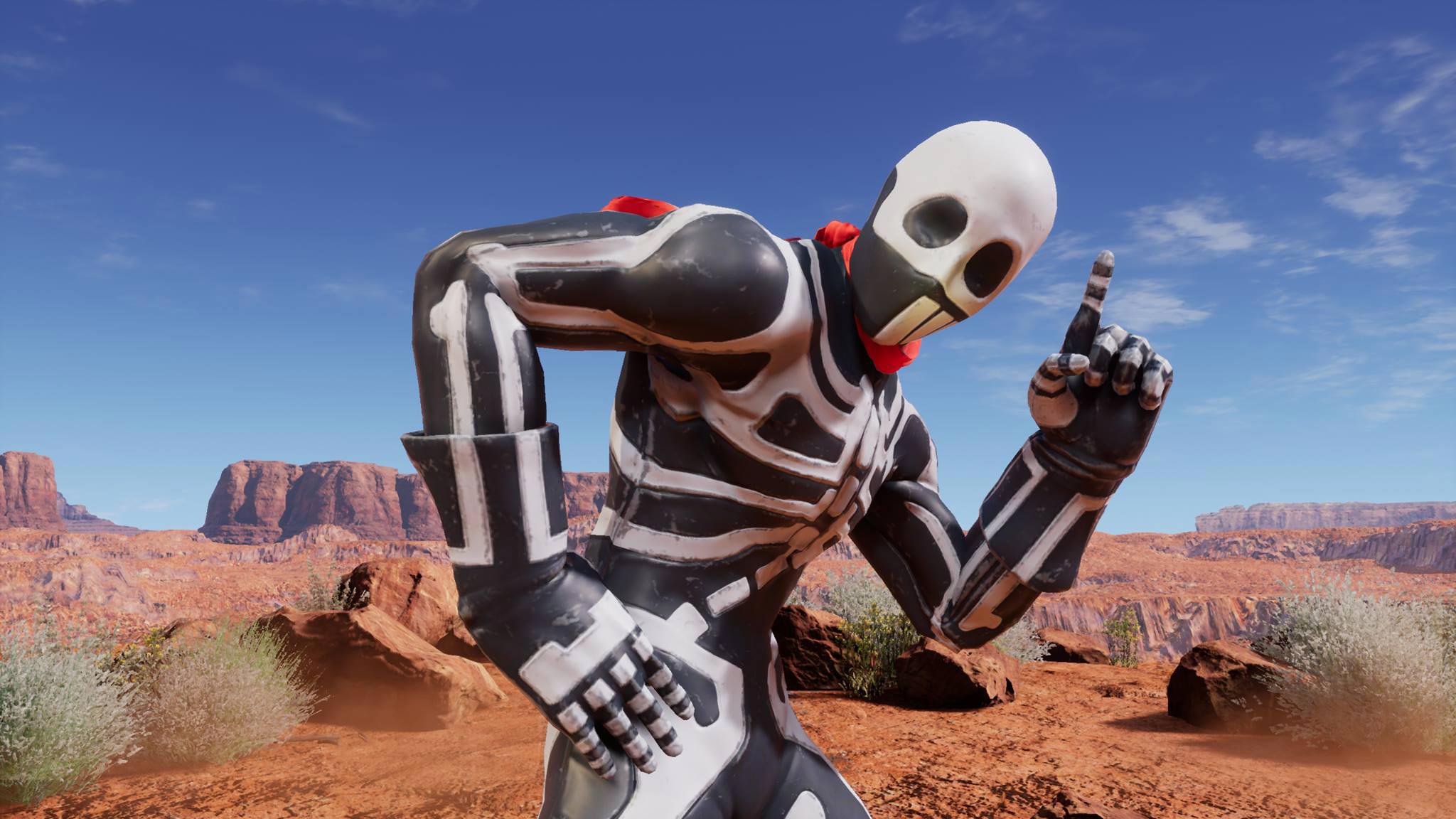
Fighting game continuity has always been a puzzling affair, in which simply writing off characters simply isn’t an option. Can you imagine any Street Fighter game without Ryu or Ken somewhere? Capcom has tried to branch out in the past, hoping for a new generation of combatants to be accepted by fans, but no matter how cool the new character designs and their movesets may be, fans simply cannot imagine playing these games without their favorites intact.
Street Fighter III was perhaps the least commercially successful entry for the franchise. It was a tremendous risk taken by Capcom, when they introduced an entirely new cast of world warriors, before slowly but surely caving into fan pressure, and later bringing back more familiar faces from the still-iconic Street Fighter II roster. It’s a trend that carried on in Street Fighter IV and Street Fighter V, with each DLC drop bringing back old favorites to rejoin the tournament.
Meanwhile, back in 1995, a new Japanese developer and publisher by the name of Arika emerged on the scene, composed of ex-Capcom employees. You would think a team of talent leaving Capcom would go on to create their own original idea. That’s what Arika tried to do initially, until deciding to not only collaborate and do business with their former employer but to have their first project be a Street Fighter title.
This game was Street Fighter EX, a spin-off featuring a cast of brand-new characters alongside familiar faces. It became a trilogy in its own right outside of the mainline continuity, before rebooting itself into a completely original game they always meant it to be.
The connection becomes more interesting since the founder of Arika himself, Akira Nishitani, was one of the key developers behind Street Fighter II. The business arrangement was confusing, but back then and even now, Arika had no organizational relation with Capcom, as they developed all of their titles independently.
As we recently welcomed the worldwide unveiling of Street Fighter 6 and patiently await its 2023 launch, it's worth exploring the history of a Street Fighter spin-off that, after struggling through a prolonged identity crisis, eventually found its own footing in the competitive fighting landscape.
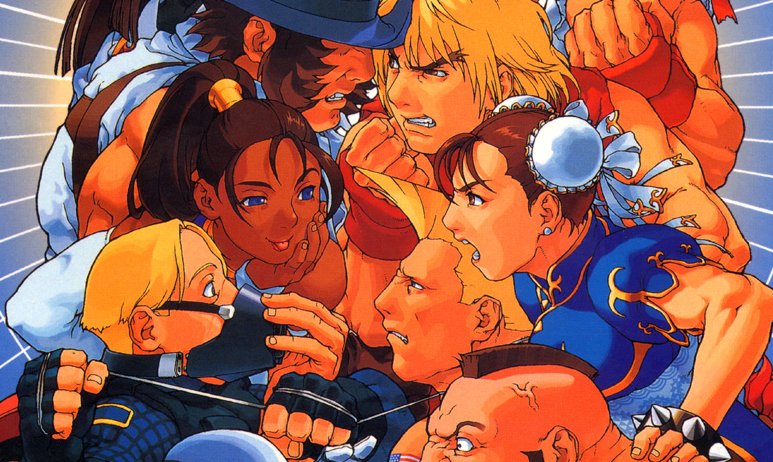
Street Fighter EX (1996)
In an era where game developers were haphazardly trying to shift their IPs into 3D, Arika had a concept for a polygonal fighting game to be developed for Sony’s arcade hardware. This concept would grow into Street Fighter EX, a game where a cast of Arika’s own original characters would battle alongside Capcom’s established icons.
While the presentation was in full 3D, which extensively used dynamic camera angles, the gameplay was still very much the 2D fighting template of Capcom’s flagship franchise. It’s certainly a mystery how or why a game with so many original characters ended up carrying Capcom’s banner, but this was a welcome release in arcades. After some expansions and revisions, the game would later receive a PlayStation home release with “Alpha” included in its title. The novelty of 3D, the high popularity of fighting games, and the loose connection with Capcom’s own Street Fighter Alpha all contributed to the success of Arika’s debut title.
Street Fighter EX was no doubt a "right place and right time" kind of release, a game that successfully played off the gaming trends in the early days of 3D. The success of the title would pave the way for two other games, but there was also an obscure missing link somewhere in-between.
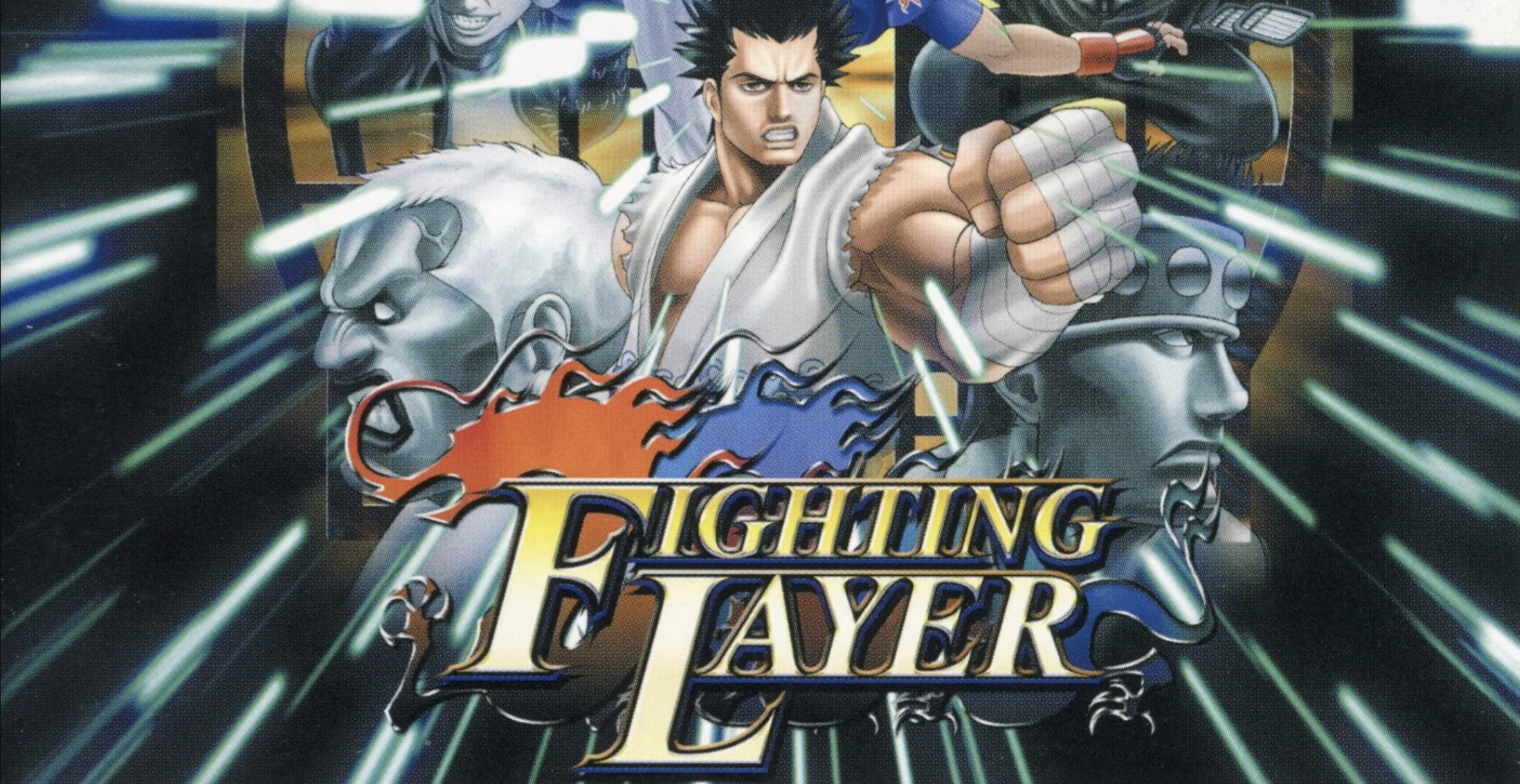
Fighting Layer (1998)
Whatever concept Arika was dreaming up before they got involved with Capcom, Fighting Layer was clearly it. In a strange turn of events, the developer did, in fact, launch their original title separate from their Street Fighter projects. The circumstances and business arrangements behind the launch of Fighting Layer remain dubious. They released the game exclusively in Japanese arcades, with no home console release or any other distribution. This remains a rare and mostly unknown title, where the gameplay was consistent with Street Fighter EX, minus all the Capcom baggage.
Here, we had a cast of fighters made entirely of Arika’s own original designs and fighting styles. What’s even more interesting is how Namco (now Bandai Namco) served as the publisher for Arika’s original IP. The publisher behind Tekken was no doubt in direct competition to Capcom, with it being a very competitive landscape for Japanese third-party developers.
This unceremonious arcade release is literally the “missing link”. A long-lost connection between Street Fighter and what would eventually become Fighting EX Layer.
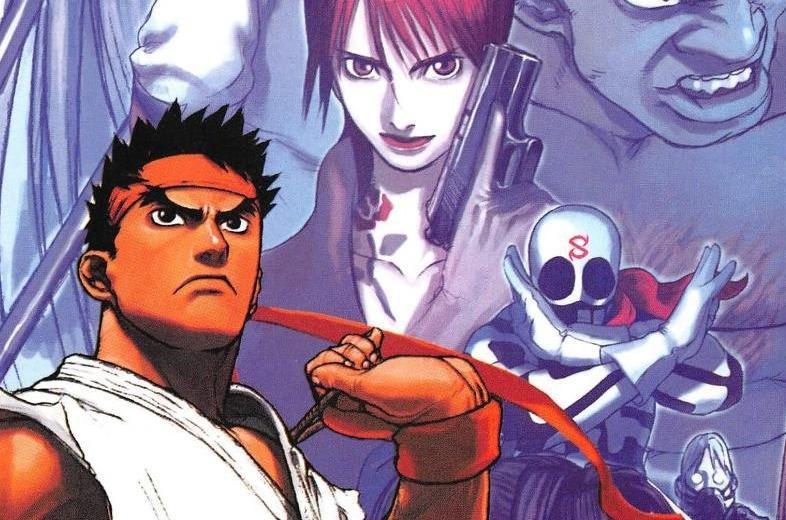
Street Fighter EX 2 (1998)
Capcom and Arika teamed up once again for the inevitable sequel in Street Fighter EX 2, a game that would completely eclipse Arika’s own Fighting Layer the same year. Like any good second game in a series, the sequel basically did more of everything, with no shortage of new characters, moves, and stages, all backed by a revamped 3D engine which impressed, especially by the time it made its way to the PlayStation.
Players found great music, polished and engaging gameplay, and an extravagant, over-the-top 3D presentation. All of this together crafted the EX series’ trademark Meteor Combos (the “meteor” part is literal, by the way!) and an extra oomph in their presentation.
The timing of the home console port was certainly interesting, as this was during a time when the PlayStation 2 was on the horizon, and so just as fighting fans were enjoying Street Fighter EX 2 at home, a “next-gen” sequel was already being prepared to launch alongside the PlayStation 2. Depending on where you were in the world, you may have played these games just months apart!

Street Fighter EX 3 (2000)
Unlike the other titles in the trilogy, Street Fighter EX 3 was a home console exclusive, and it was an integral part of the PlayStation 2’s launch lineup. Although it was going up against Namco’s Tekken Tag Tournament, there was still some novelty in having a new Street Fighter launch alongside a new console. To give context, the PlayStation 2 launch was underwhelming (both in hindsight and at the time). It wasn’t until 2001 that the console really picked up momentum before becoming one of the bestselling game systems of all time. At launch, however, it was slim pickings for early adopters, and so the better-than-expected reception of Street Fighter EX 3 was largely a case of the “beggars can’t be choosers” mindset of desperate gamers and critics.
As expected of a sequel, Street Fighter EX 3 offered more characters but the graphical presentation was basically the same as previous entries, just with a glossy texture mapping to make it appear new.
As much as we were unwilling to admit it back then, the game simply didn’t look or perform the part, as the character models and animations looked incredibly dated. The core gameplay was fine and unchanged in its 2D fighting, but with games like Tekken Tag Tournament and Dead or Alive 2 experimenting with tag-team fighting, Street Fighter EX 3 also attempted this gimmick, albeit unsuccessfully, as the execution lacked meaningful gameplay substance. Not to mention, the gameplay was a far cry from the developer’s own tag-team fighting hit Marvel vs. Capcom. Still, those Meteor Tag Combos were kind of cool.
In short, the third game was basically an expanded and noticeably sluggish version of Street Fighter EX 2 given a weird glossy finish.
Street Fighter EX 3 would end up being the last game in the series, as developer Arika would work on other projects and collaborations. They, reportedly, made multiple failed attempts over the years to pitch a Street Fighter EX 4 to Capcom. That is until an April Fool’s joke in 2017, which would spark the return (or debut?) of an unlikely fighting game contender.

Fighting EX Layer (2018)
It started as an April Fool’s tech demo, but the surprising reception of it would reboot the once-obscure 1998 arcade game Fighting Layer, this time completely free from the Street Fighter license.
Launching first on PlayStation 4 in 2018 before making its way to arcades, the all-new Fighting EX Layer was no doubt the long-overdue, complete realization of Arika’s original vision. No Ryu or Ken here, but the roster assembled nearly all the original characters who previously appeared in the Street Fighter EX trilogy. What was once a spin-off had finally and completely fallen outside of Capcom’s fighting canon.
Forging its own identity, Fighting EX Layer proved to be a welcome release in 2018, as it was a fun alternative to the more mainstream offerings. As new as it all was, there was still a strange sense of nostalgia for gamers who had memories of these characters under completely different branding. It’s a rare situation where a rebranded IP can feel completely new, and yet still have so much nostalgic history behind it. It’s a bit like the whole Story of Seasons and Harvest Moon situation.
The 2D fighting in Fighting EX Layer featured a vibrant and charming 3D graphical style, and the gameplay while familiar, was still quite experimental with the quirky fighting styles of the cast and the use of a deck-based Gougi system, where players could activate certain enhancements and techniques. Developers updated the game a few times, the most notable being the all-important rollback netcode for the home versions.
Even now, this is a fun game to pick up and enjoy, and the reception it received within the competitive fighting community was warm, too. Within just a few years, the success of Arika’s big comeback would warrant a brand-new game for a new platform.
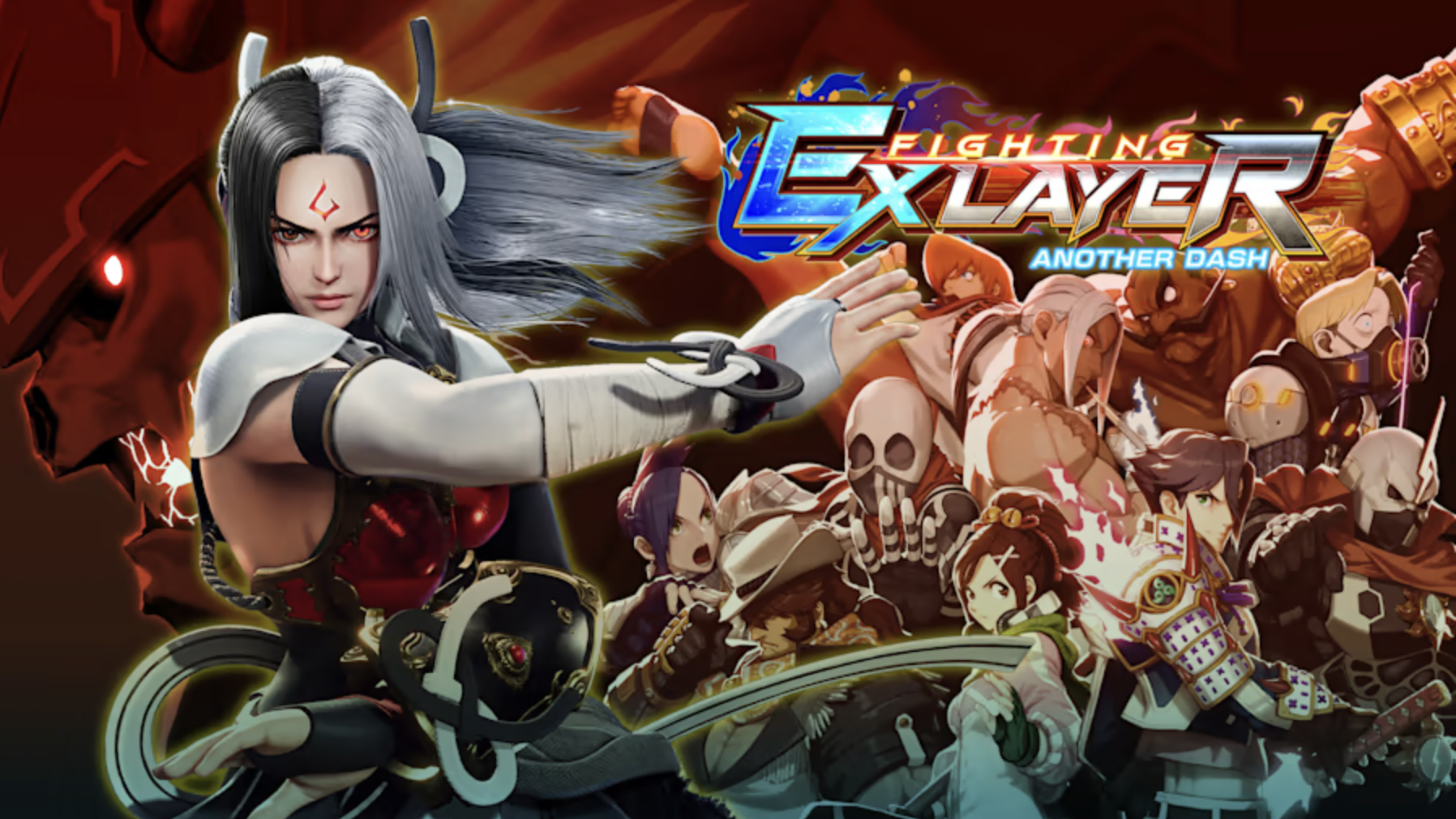
Fighting EX Layer Another Dash (2021)
Launching only on Nintendo Switch in 2021 as a free to play title, to call it a port would be inaccurate. Fighting EX Layer Another Dash is a fresh game to its immediate predecessor, as it does away with the quirky Gouji deck system and other radical ideas, instead introducing fighting systems to make the experience feel more grounded. The Switch game feels closer to Street Fighter EX by sticking more to traditional 2D fighting conventions.
Fighting EX Layer and Fighting EX Layer Another Dash are both fun fighting games for different reasons. So it may all come down to player preference. The Switch game may have started out as the technically inferior version, but a recent major update has enhanced the game’s performance alongside the implementation of rollback netcode. Also, if you own the HORI Fighting Stick MINI for your Switch, it works beautifully with this game.
While Arika will continue to associate April 1st with its own beloved fighting IP, it’s clear by now how Fighting Layer has come out on its own and will continue to expand over the years (there have even been collaborations with SNK!). It may have distanced itself from its Capcom origins, but some Fighting EX Layer-themed costumes appeared in Street Fighter V recently. So at the very least, it seems there are no hard feelings between the former collaborators.
What's in a name? That which we call a Hadouken by any other name would hurt just as much.
Special thanks to The Fighters Generation for their impressive archives and galleries.
